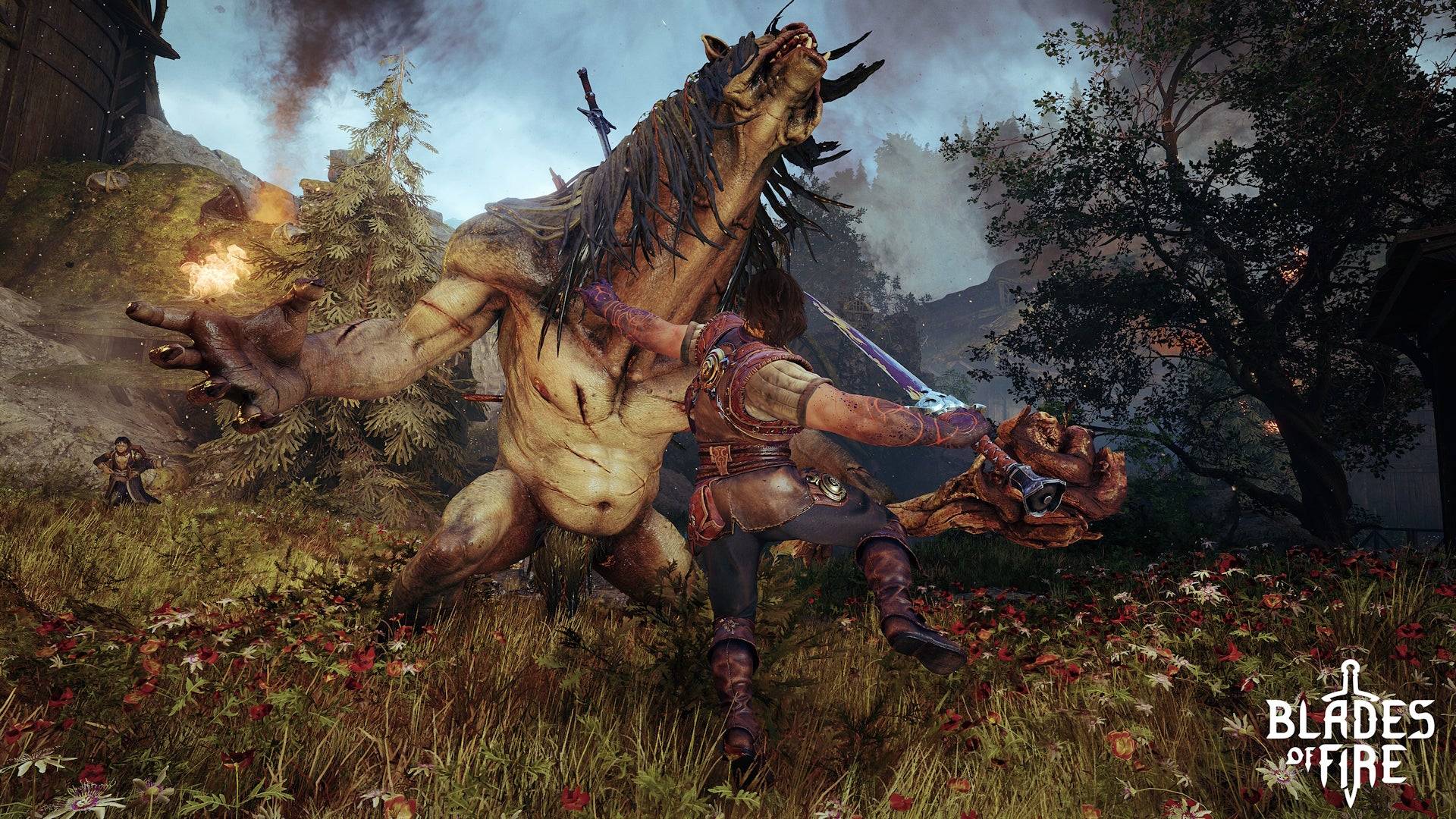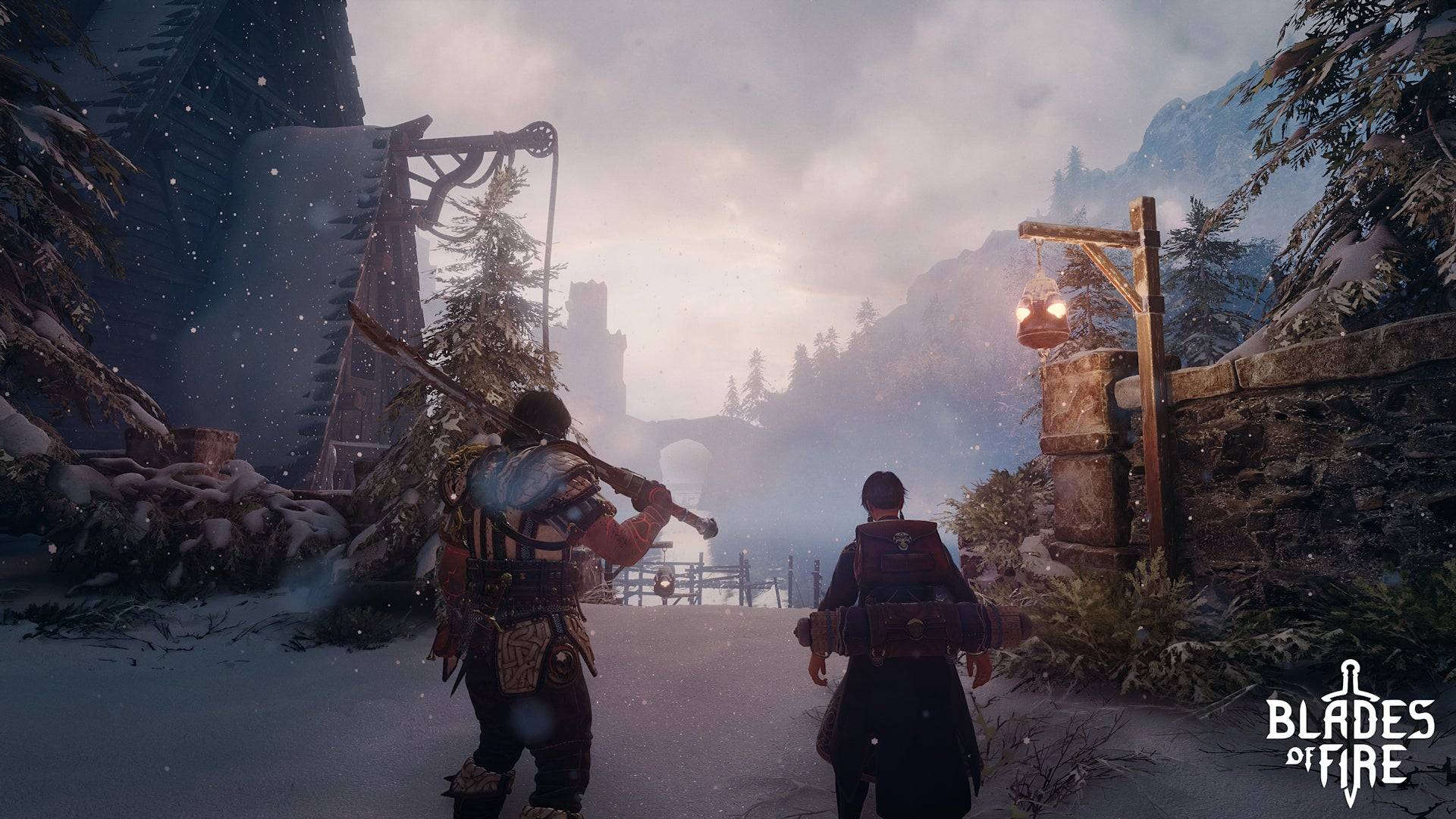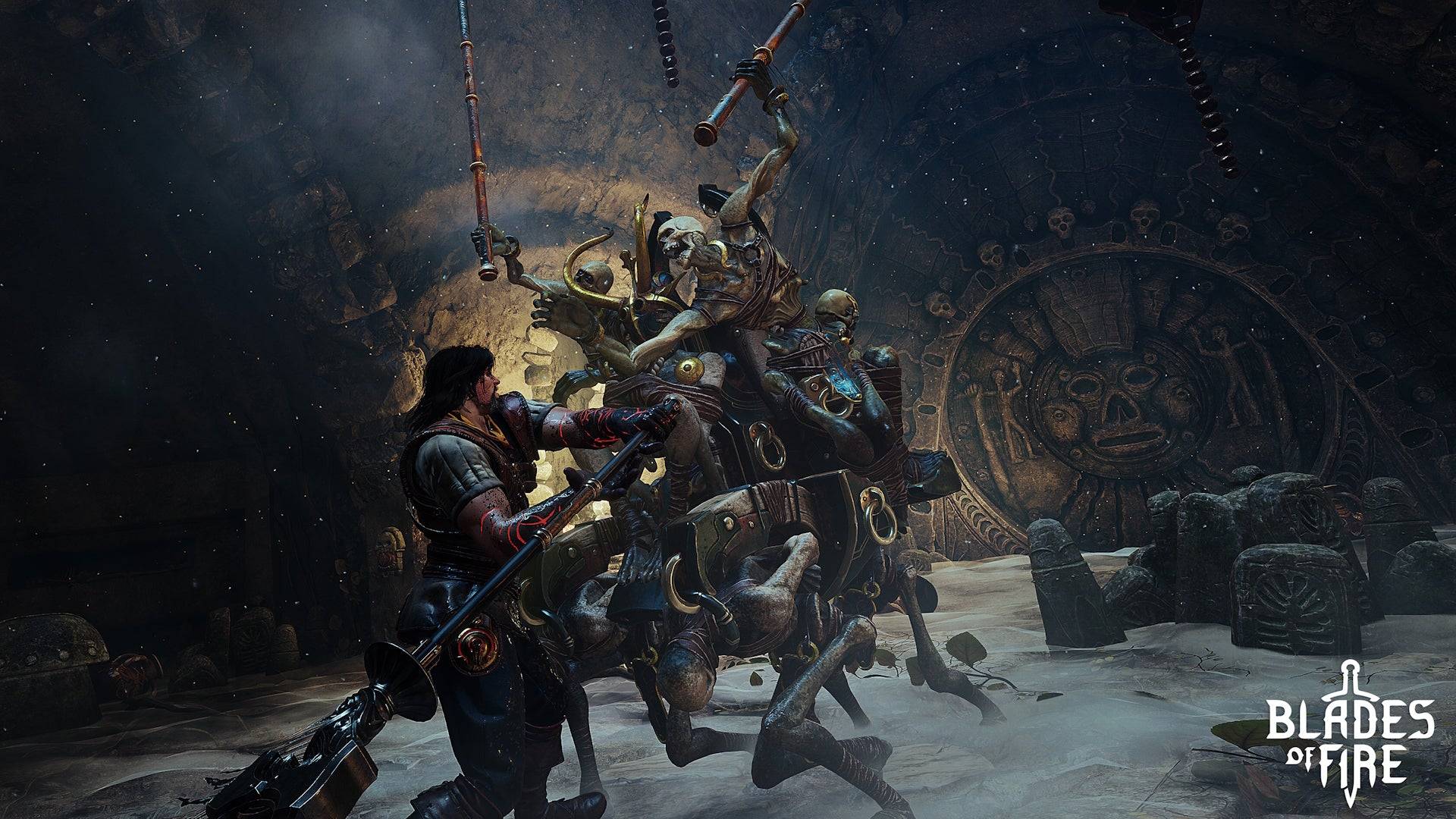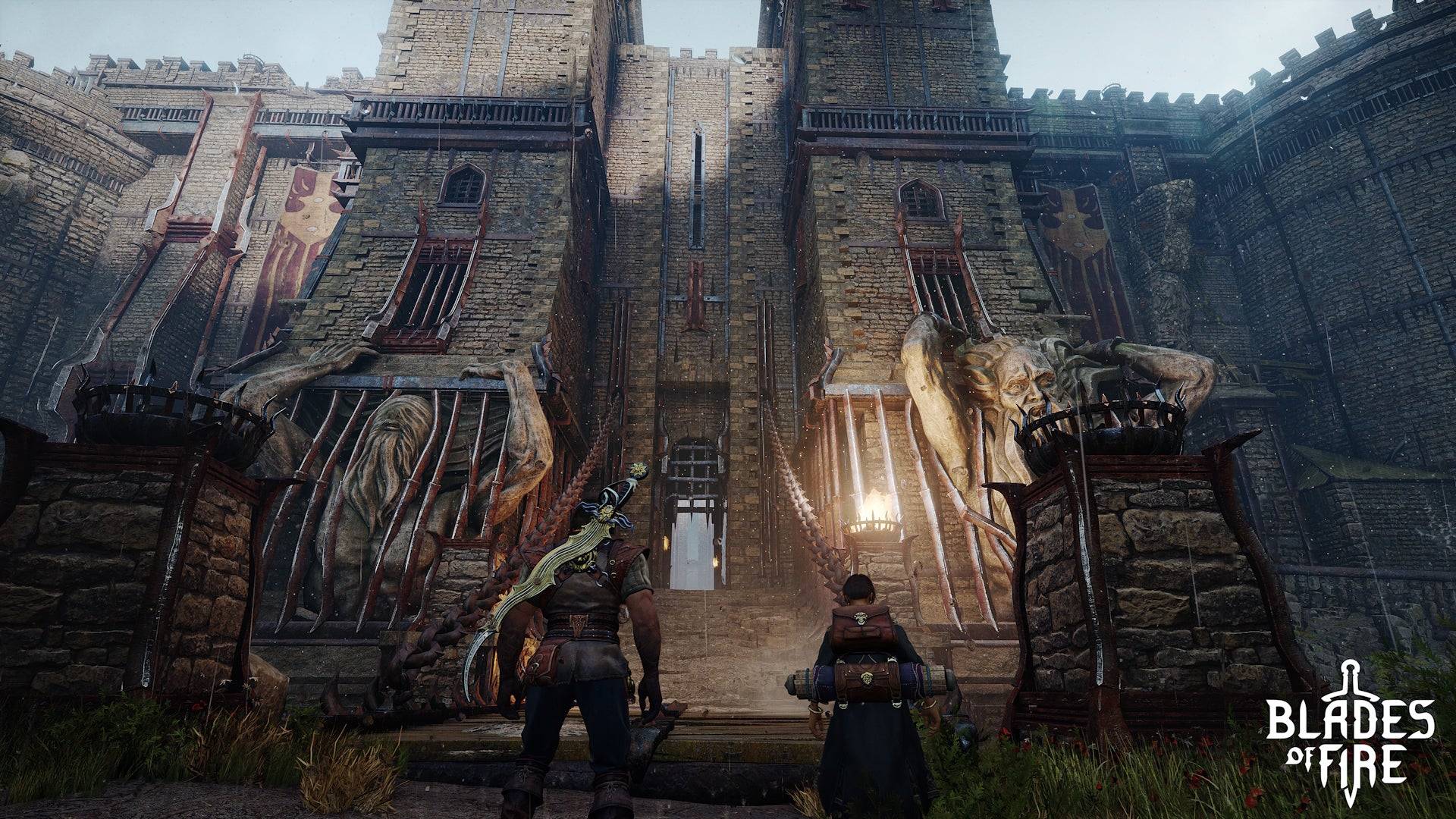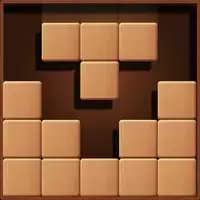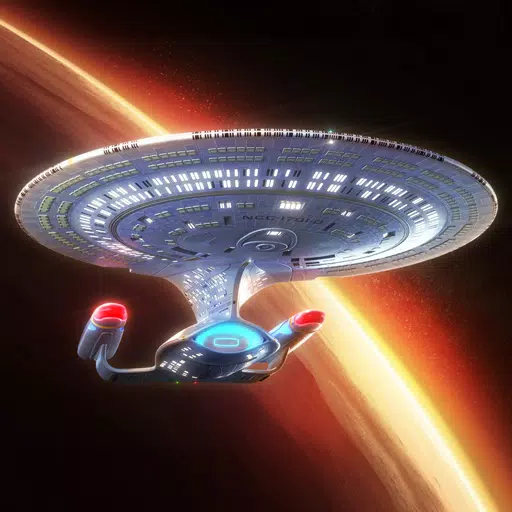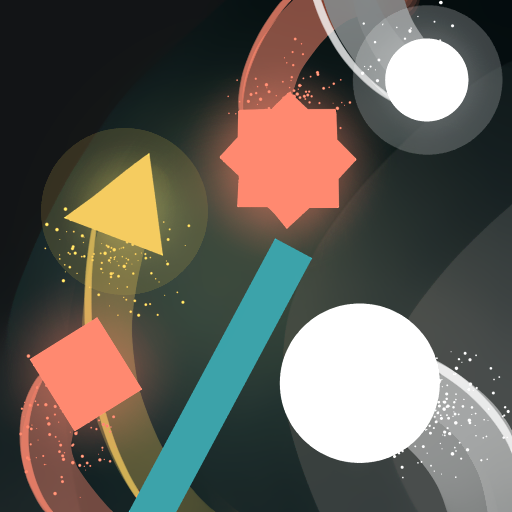When I first delved into developer MercurySteam's latest offering, Blades of Fire, I anticipated a nod to their earlier work with the Castlevania: Lords of Shadow series, infused with the contemporary flair of God of War. However, as I progressed through the demo, my initial impressions evolved. Within an hour, the game seemed to morph into a Soulslike experience, albeit one where the focus on stats shifted entirely to weapons rather than character development. By the conclusion of my three-hour session, I realized that Blades of Fire was a unique blend of familiar elements and fresh ideas, creating a distinct and engaging take on the action-adventure genre.
At first glance, Blades of Fire might be mistaken for a God of War clone, given its dark fantasy setting, powerful combat moves, and an intimate third-person camera angle. The game shares numerous similarities with Kratos' Norse adventures, from navigating a labyrinthine map filled with treasure chests to teaming up with a young companion to solve puzzles and seek out a mysterious woman who lives atop a colossal creature. However, the influence of FromSoftware's Souls series is also evident, particularly in the anvil-shaped checkpoints that replenish health potions and respawn enemies.
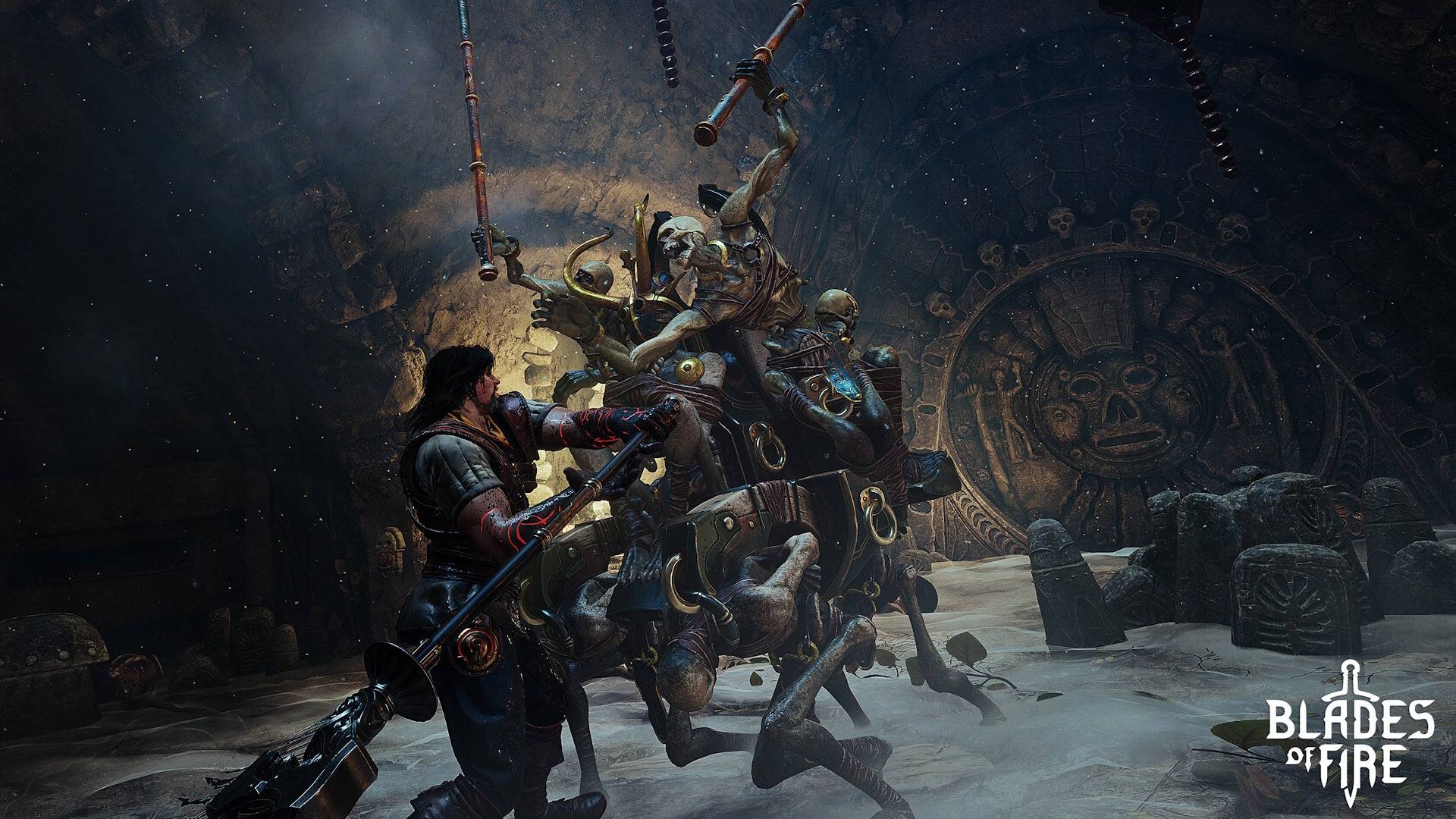 Blades of Fire features some deeply strange enemies that feel like dark cousins of Labyrinth's puppets. | Image credit: MercurySteam / 505 Games The game's world exudes a nostalgic 1980s fantasy vibe. You could easily picture Conan the Barbarian mingling with its muscular soldiers, while the quirky, orangutan-like foes on bamboo pogo sticks wouldn't seem out of place in Jim Henson's Labyrinth. The narrative, too, has a retro feel—an evil queen has petrified steel, and it falls to you, Aran de Lira, a blacksmith demigod, to defeat her and restore the world's metal. Yet, despite these charming throwbacks, the story, characters, and dialogue may not prove as captivating, reminiscent of the often-overlooked tales from the Xbox 360 era.
Blades of Fire features some deeply strange enemies that feel like dark cousins of Labyrinth's puppets. | Image credit: MercurySteam / 505 Games The game's world exudes a nostalgic 1980s fantasy vibe. You could easily picture Conan the Barbarian mingling with its muscular soldiers, while the quirky, orangutan-like foes on bamboo pogo sticks wouldn't seem out of place in Jim Henson's Labyrinth. The narrative, too, has a retro feel—an evil queen has petrified steel, and it falls to you, Aran de Lira, a blacksmith demigod, to defeat her and restore the world's metal. Yet, despite these charming throwbacks, the story, characters, and dialogue may not prove as captivating, reminiscent of the often-overlooked tales from the Xbox 360 era.
The true strength of Blades of Fire lies in its mechanics. The combat system, centered around directional attacks, utilizes every face button on the controller. On a PlayStation pad, for instance, the triangle button targets the head, the cross aims at the torso, while square and circle attack left and right. By carefully observing an enemy's stance, you can exploit these attacks to bypass their defenses. For example, a soldier shielding their face can be defeated by striking low and piercing their abdomen, resulting in visceral, blood-spattered feedback.
The demo's first major boss fight, against a slobbering troll, showcased the system's potential. The troll had a secondary health bar that could only be damaged after dismembering it, with the specific limb removed determined by your attack angle. A right-hand strike could sever its left arm, effectively disarming the troll. Even more intriguing, you could slice off its entire face, leaving it blind and vulnerable until it could regenerate its eyes.
Weapons are central to Blades of Fire, demanding meticulous attention. They dull with repeated use, causing incremental damage reduction over time. To maintain their effectiveness, you must employ a sharpening stone or switch between different stances, as the edge and tip degrade independently. As in Monster Hunter, you'll need to find moments to sharpen your weapon mid-battle. However, every weapon has a durability meter that depletes regardless of maintenance, requiring repairs at anvil checkpoints or the option to melt them down for crafting new ones.
The game's most innovative feature is undoubtedly its forge system. Rather than discovering new weapons in the world, you create them from scratch. Starting with a basic template, you can customize various aspects, such as the length of a spear's pole or the shape of its head, directly affecting the weapon's stats and stamina demands. This process culminates in a hands-on minigame where you physically hammer the metal, aiming to match a curved line on the screen with vertical bars representing your strikes. The more efficiently you forge, the higher your star rating, which determines how often you can repair the weapon before it breaks permanently.
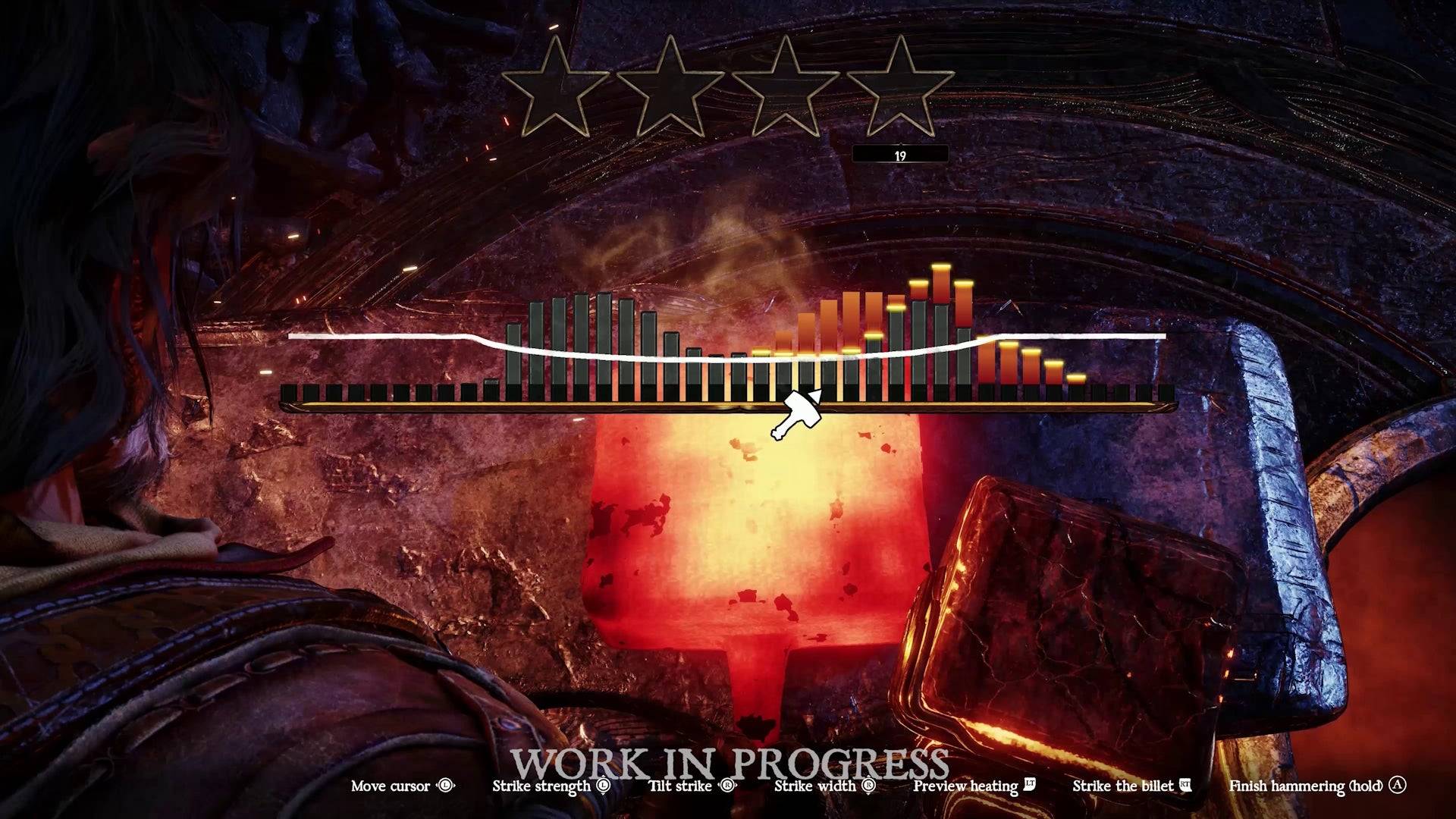 While the forging minigame is an innovative concept, I found it somewhat obtuse even after multiple attempts. A clearer connection between the strikes and the resulting metal shape, or a more comprehensive tutorial, could enhance this feature significantly.
While the forging minigame is an innovative concept, I found it somewhat obtuse even after multiple attempts. A clearer connection between the strikes and the resulting metal shape, or a more comprehensive tutorial, could enhance this feature significantly.
MercurySteam's vision for Blades of Fire extends beyond the demo's scope, aiming for a 60-70 hour journey where players form a deep bond with their crafted weapons. As you explore and gather new materials, you can reforge your arsenal to meet evolving challenges. The death mechanic further emphasizes this connection; upon defeat, you drop your current weapon, which remains in the world for you to recover, fostering a meaningful relationship with your armaments.
The influence of Dark Souls and its successors is evident in Blades of Fire, reflecting FromSoftware's impact on the genre. However, the game also pays homage to Blade of Darkness, a cult classic from MercurySteam's founders, considered a precursor to the Souls series. While drawing from these inspirations, Blades of Fire carves its own path, reinterpreting established mechanics into a unique blend.
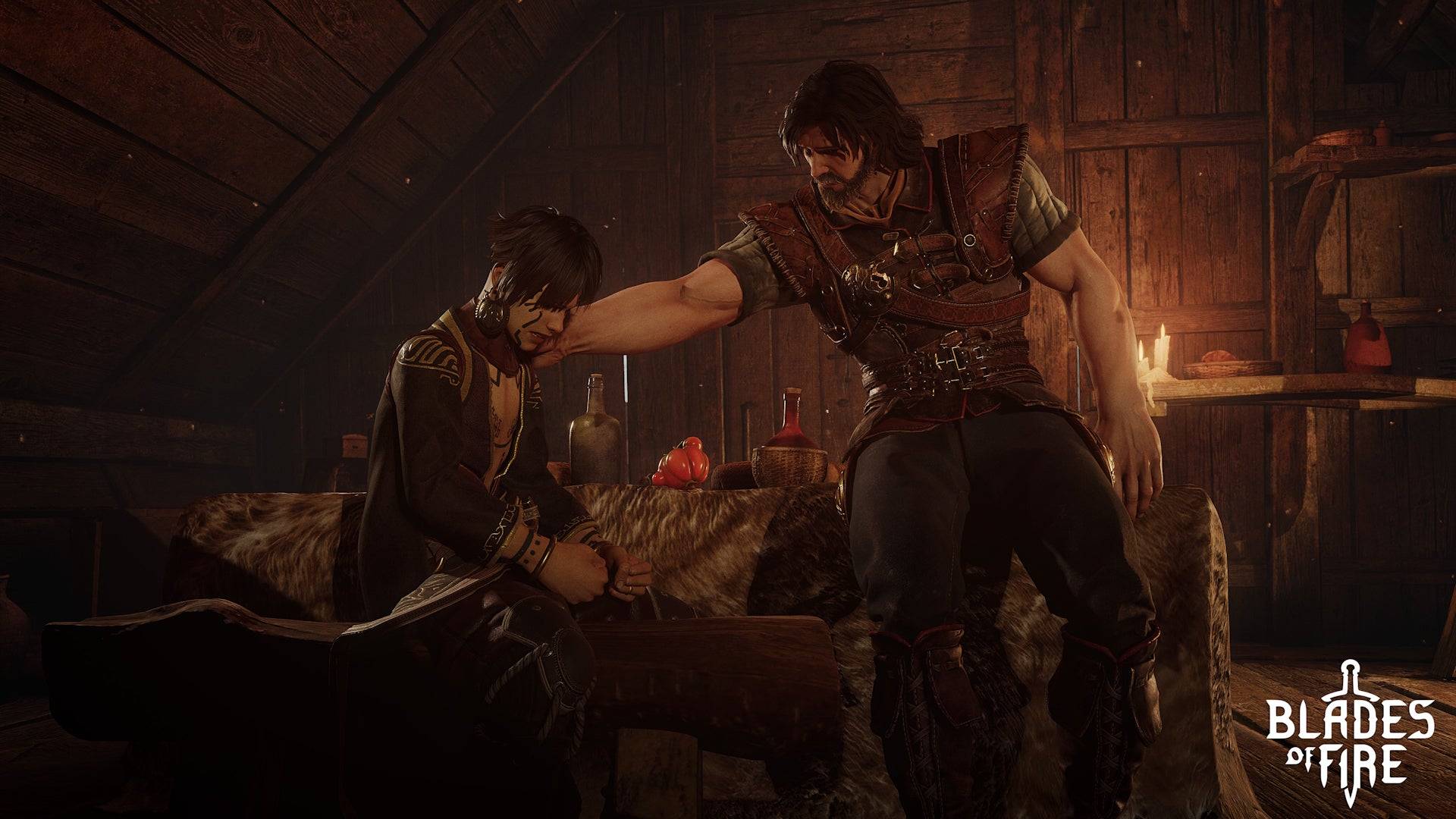 Aran is joined by his young companion, Adso, who can help solve puzzles and comment on the world's lore. | Image credit: MercurySteam / 505 Games Throughout my playtime, I felt the pull of MercurySteam's influences—from the brutal combat of Blade of Darkness to the innovations of FromSoftware and the world design of God of War. Yet, Blades of Fire transcends these inspirations, crafting its own identity within the action-adventure genre.
Aran is joined by his young companion, Adso, who can help solve puzzles and comment on the world's lore. | Image credit: MercurySteam / 505 Games Throughout my playtime, I felt the pull of MercurySteam's influences—from the brutal combat of Blade of Darkness to the innovations of FromSoftware and the world design of God of War. Yet, Blades of Fire transcends these inspirations, crafting its own identity within the action-adventure genre.
While I have reservations about the game's ability to sustain a 60-hour adventure in a somewhat generic dark fantasy world, and the repetition of certain encounters, the deep connection between your forged weapons and the combat system has captured my interest. In an era where complex games like Elden Ring and Monster Hunter have gained mainstream appeal, Blades of Fire has the potential to offer a compelling addition to the genre.
Blades of Fire Screenshots
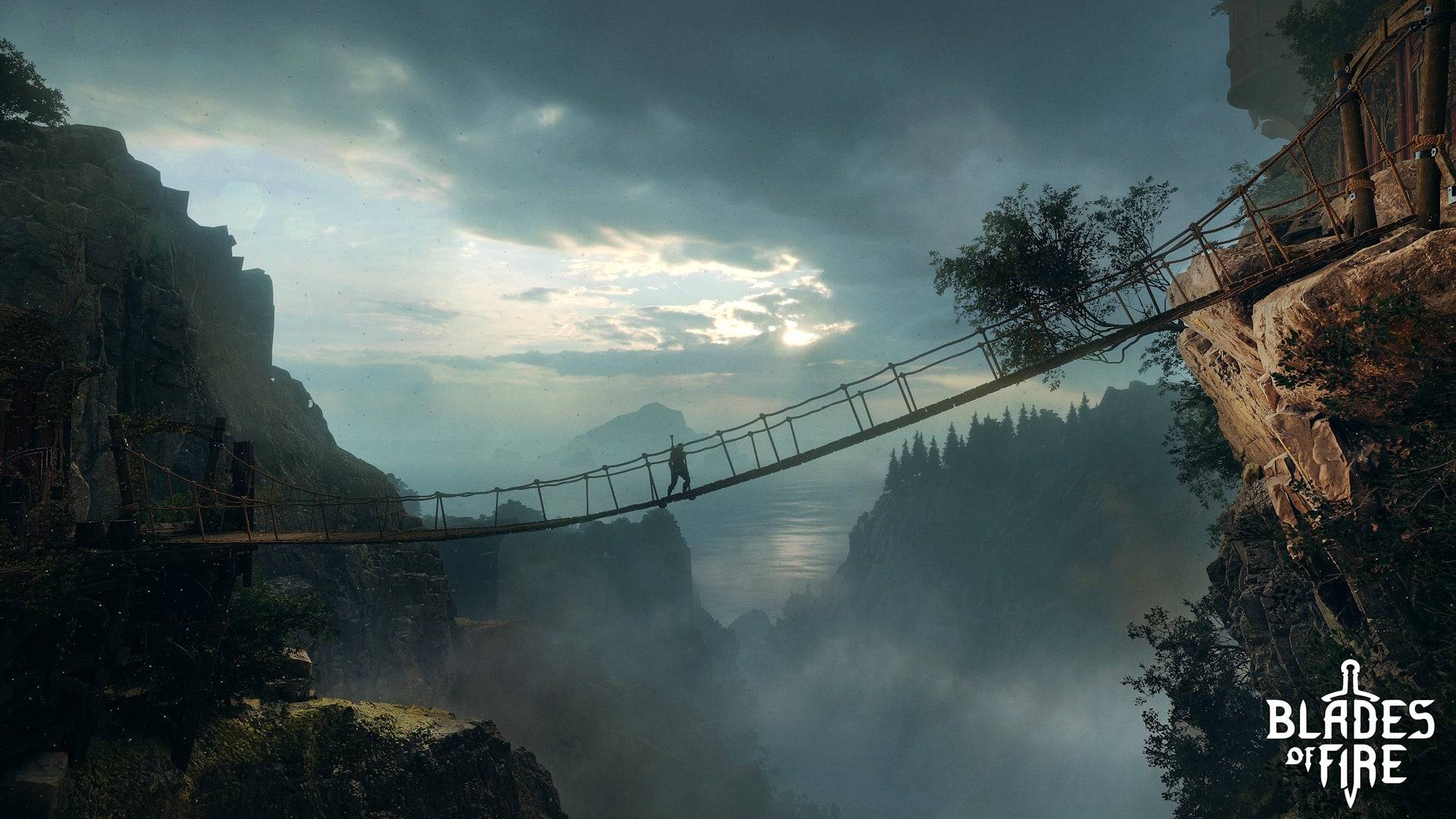
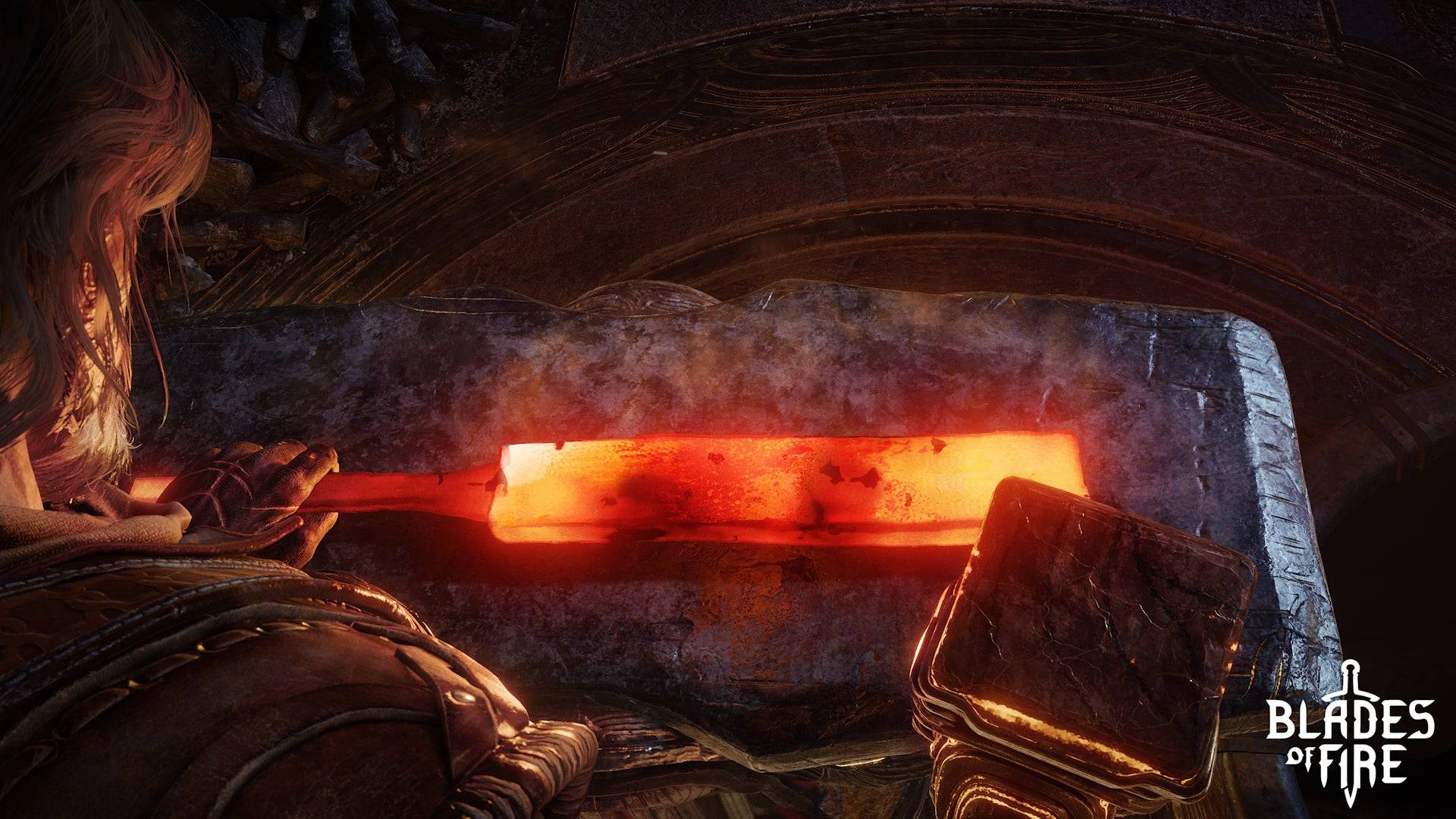 9 Images
9 Images